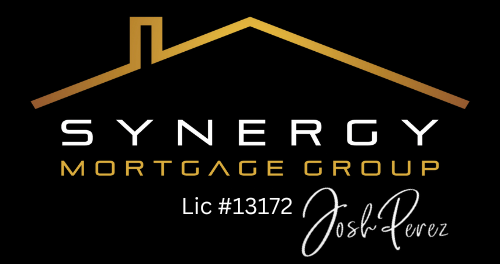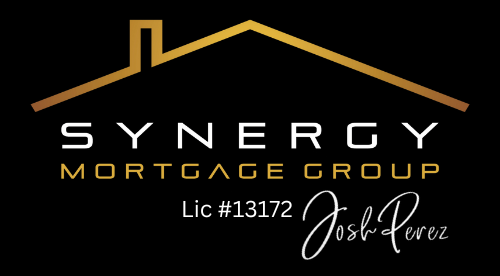Big News for First-Time Homebuyers: New Amortization Changes Explained
There’s been an important update from the liberal government regarding their recent budget announcement and its implications for first-time homebuyers.
The key change? Amortization periods for first-time homebuyers are increasing from 25 years to 30 years. However, this change is only applicable to new-build housing.
We're going to see, for first-time homebuyers only, amortization increases from 25 years to 30 years. What's not widely mentioned is this is only applicable for new-build housing.
What Does This Mean?
Extending the amortization period from 25 to 30 years can positively impact affordability and qualifying. Let’s look at an example to understand how this works.
Improved Qualifying Power
Consider a household with an income of $150,000. Previously, this household might have qualified for a $760,000 home. With the new amortization rule, they could now qualify for an $800,000 home, providing a significant boost in purchasing power.
Monthly Savings
If you’re comfortable with your current qualification at $760,000, this change could help you save money monthly. By extending the amortization to 30 years, your monthly payment could decrease by about $280. This change represents about a 5-6% improvement in financial flexibility.
Considerations and Challenges
While these changes offer benefits, they come with some considerations:
Higher Property Tax Estimates
For new-build properties without property tax assessments, most lenders use 1% of the purchase price as an estimate for annual property tax payments. This is typically higher than the property tax for resale homes, which could decrease your qualifying amount.
Unexpected Costs and Approval Challenges
New builds can be challenging due to unexpected closing costs and the difficulty of securing firm approvals for properties that won’t be completed for two years. Many people receive non-binding letters to satisfy builders, but these don’t offer the security needed for long-term planning.
Comprehensive Mortgage Planning
It's essential to cover the full scope of mortgage qualifying and planning for the future. If you’re considering this program, especially if targeting new builds, it’s crucial to proceed with caution. Thorough planning and expert advice can help navigate these complexities and make informed decisions.
Final Thoughts
While this policy change presents new opportunities, it’s important to be aware of potential challenges. The cost of new builds may rise due to increased demand, making thorough planning and expert advice critical.
If you have any questions or need assistance with your mortgage planning, consider reaching out to a professional to help you navigate these changes and make the most of the new opportunities in real estate.





